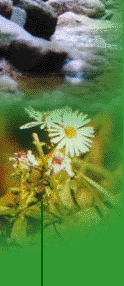Description:
The Corn Snake (Elaphe guttata) also known as the Red Rat Snake colors vary with the body can be reddish, brown, yellowish, or
orange.
The corn snake is patterned with large blotches on its back which are outlined in black. The bellied of this snake is a black-and-white
checkered board pattern that covers the whole body. It gets it name from the pattern on its belly that looks like native American
Corn or Maize. The colors of this snake can vary from different regions. In the northern of its range it is much duller and
darker looking than in the most southern part of its range. The corn snakes that are found on the coast are usually the ones
that have the brightest red. The average size of a corn snake is around 2ft to 4ft long but has been measured at 6ft long.
Habitat:
The Corn Snake will live in a great
variety of habitats including Pine/Hardwood Forest, elevated marsh hammocks, old abandon bridges, Evergreen
Forest and rocky outcrops in the Appalachian Mountains, and in cane fields in south
Florida. They also can be found in and around abandoned
farms/houses. The also can be found in old rotten pine and hardwood trees.
Prey:
The diet of a corn snake will include
small mammals, lizards, birds and bird eggs, other snakes including their own species, and frogs.
Abundance and Behavior:
The corn snake is a very common snake.
They have adapted well to human civilization, and they can easily be found in old log piles and under old wooden boards around
the house. The one thing though is that corn snakes are very secretive snakes, and can be hard to find. They seem to be more
common in the lower part of its range. The corn snake hibernates most of the winter in the Northern part of its range but
in the most southern part of its range can be found active year round. I have personally found them in January down in Southern Florida. During the spring and fall they are primarily diurnal (active during the day), but
they become primarily nocturnal (active during the night) during the summer.



